paint effects
Paint effects and paint finishes describe the techniques of applying a tinted transparent or semi opaque glaze which is manipulated by various means to partially reveal the coloured base coat beneath the glazed surface. The images below illustrate just a fraction of the finishes available.
paint effects: click for larger images
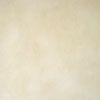 Minimal paint effects
Minimal paint effects
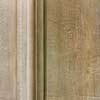 Weathered paint effects
Weathered paint effects
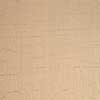 Crackle glaze paint effects
Crackle glaze paint effects
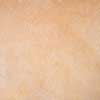 Textured paint effects
Textured paint effects
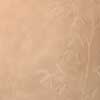 Colourwash paint effects
Colourwash paint effects
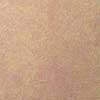 Bagging paint effects
Bagging paint effects
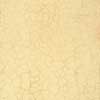 Craquelure paint effects
Craquelure paint effects
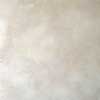 Colour-wash paint effects
Colour-wash paint effects
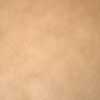 Colour wash paint effects
Colour wash paint effects
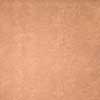 Rag roll paint effects
Rag roll paint effects
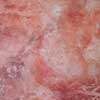 Distressed paint effects
Distressed paint effects
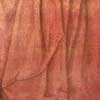 Paint effects with trompe
Paint effects with trompe
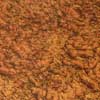 Lacquer paint effects
Lacquer paint effects
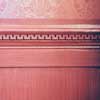 Dragging paint effects
Dragging paint effects
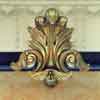 Oil gilding paint effects
Oil gilding paint effects
The above examples illustrate a small range of the techniques available for use by the specialist decorator and decorative artist to manipulate glazes. These renditions are bespoke designs for specific interiors, created by reference to architectural details, fabrics, light fall and design concept. Paint finishes offer a complete choice of tone, colour, texture and movement for both walls and joinery.
Badly abused in the 1980's in the U.K. when following on from their use as shoulder pads for walls, the process became ultimately divorced from the aesthetics of good interior design. The use of these methods has however remained in continual use albeit with more restraint, a nod to minimalism, and thankfully without much use as a quick fix for incompetence in design and build. In top end work the methods have had continued use for modifying the interior in highly customized ways.
paint effects in use
- Paint effects using transparent glazes can be used to introduce strong colours without the sense of heaviness attendant upon using flat opaque paints of a similar chroma.
- Scumbling using transparent or semi-transparent glazes can be subtle and diaphanous, softening unwanted architectural parameters or gently emphasizing them.
- The transparent characteristics of paint glazes and most scumbles have a receding quality and a quality of depth, and are thus less sudden and solid than flat paint.
- The techniques used with sensibility constitute a self-effacing support for fabrics, architecture, art and the overall design of a room.
- Paint effects almost always incorporate more than one tone of a colour or two or more hues, the base coat colour and the glaze colour, and the specialist decorator can help pull together the diverse colours within a design scheme.
paint effects: methods used in specialist decoration
Paints used can be semi-opaque scumbles or transparent tinted glazes. All these methods generally involve the texturing of wet paint surfaces by various means to reveal a harmoniously coloured base paint and are broadly referred to as broken colour work. Many of the procedures have been either adopted, or adapted by the decorative artist from the methods of the fine artist or from origins within the crafts of wood graining and marbling.
In contrast to wall papers and flat emulsion paints, broken colour techniques are living in the respect that they are responsive to changing lighting conditions because of their semi opaque nature and in that they are hand crafted. In practise it is usual to customise a particular effect to support the elements in an overall design scheme; to link colour and texture to fabrics, natural materials, or other decorative elements by reference to samples during the development process.
Often two specialist decoration methods will be used in combination to produce a suitable result. Similarly, it is common practice to overlay one rendition on a previously laid down and dry finish to build up patterns and variations in tone and colour of great depth and richness.
Additional techniques such as distressed paint effects and waxing can be applied to a dry or semi dry paint film. The objective is to produce a result whether it be for walls or joinery which is both original and completely congruent with its setting.
Some paint effects are also faux finishes; tortoiseshell, shagreen and old leather are specific examples. Other paint effects become faux finishes by default when the brief describes for example 'the look of an old Venetian wall'.
Broken colour work can be bold and dynamic or subtle and restrained. Interesting minimalist techniques using impasto textured paint effects and subtle colour wash can maintain clean lines whilst gently lifting walls away from the drab uniformity and dulling effects of plain emulsions. Often these methods are by nature harder wearing and more forgiving of marking and scuffs than the plain painted wall.
Whilst most of theses specialist decoration techniques are entirely bespoke and created as unique to their settings, there are in general use broken colour methods which although being entirely customisable in terms of colour, chroma and tone are identifiable by either the texture produced or the method of working. Some of these are for example; colour washing, dragging paint effects, rag rolling and stippling.

